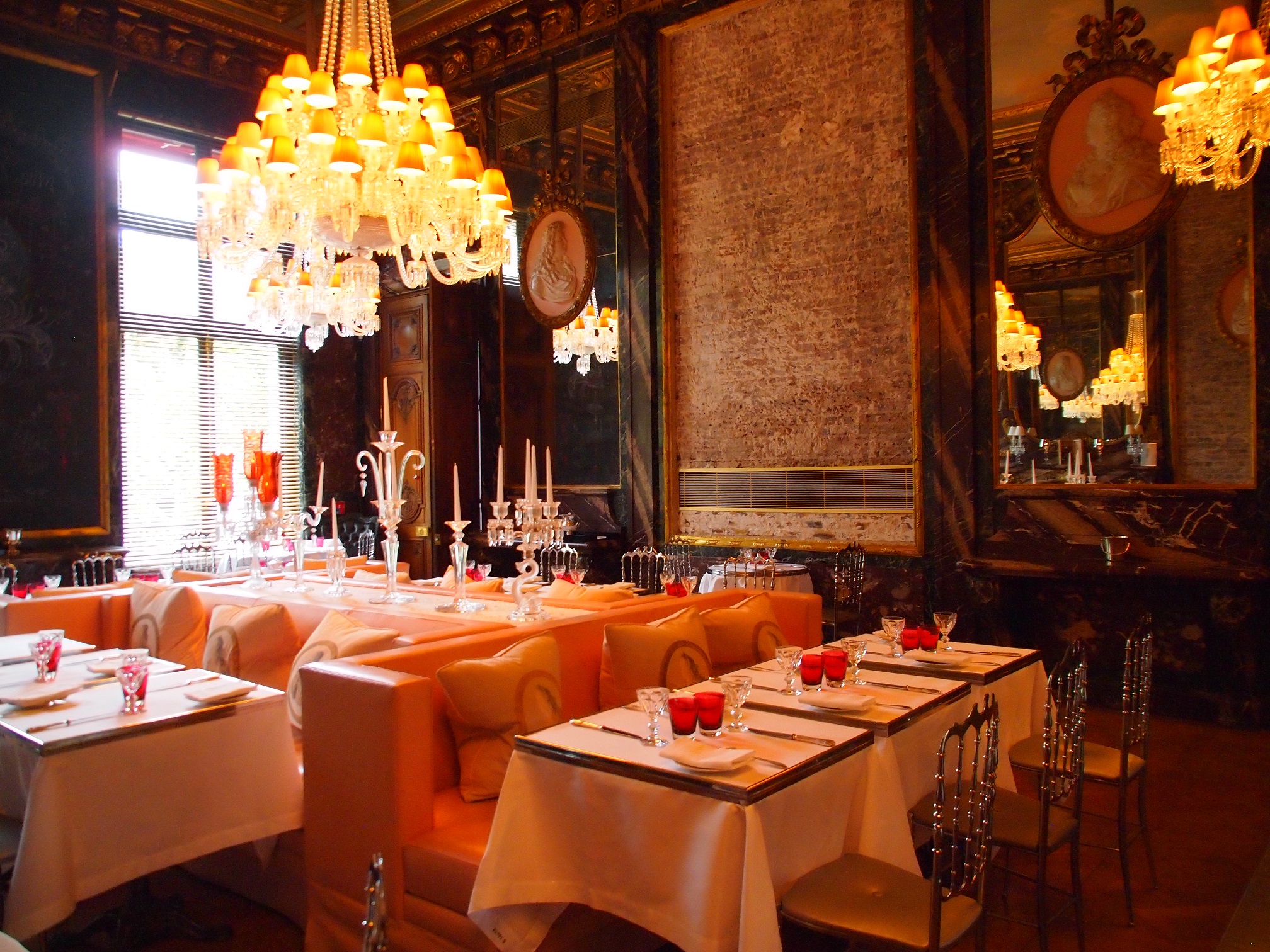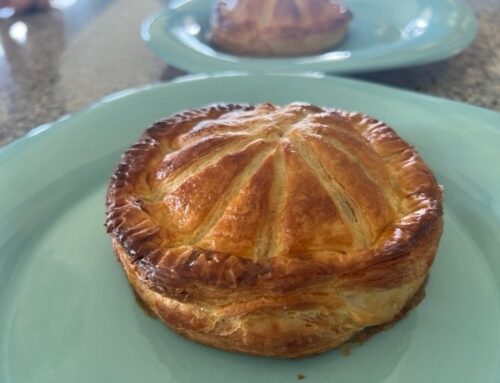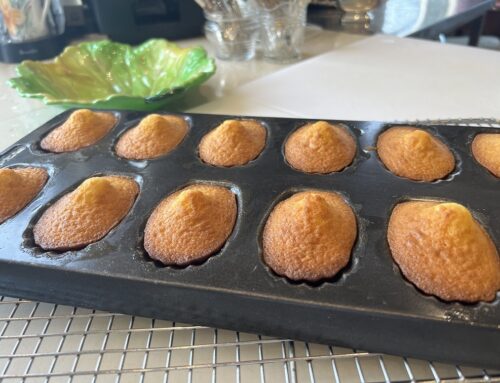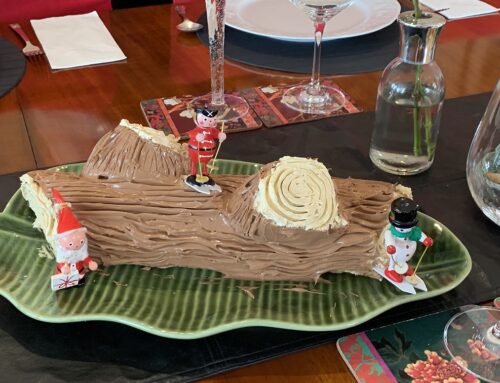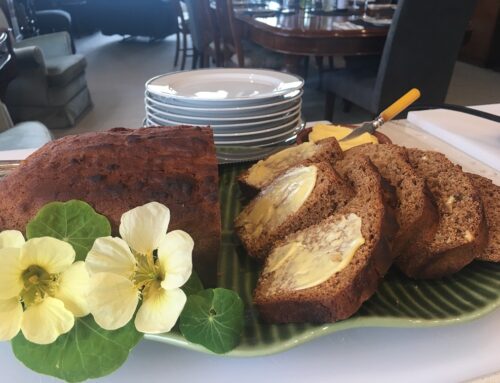John’s birthday lunch at the Cristal Room, Baccarat Museum.
Michael has talked about taking me the Baccarat Cristal Room restaurant for a long time; usually our visits to Paris are too short. Now, we have time as we are staying for 3 nights in The Arsenal, the barge mooring, right in the centre of Paris, near the Bastille; plus it is John’s birthday and so a special occasion. We manage a booking for lunch, plus a visit to the museum.
It was exciting arriving at this grand museum with its enormous and imposing front doors and entrance foyer. The restaurant is upstairs and so we are ushered to follow up the grand staircase, either side of which are huge Baccarat crystal chandeliers. The dining room is a beautiful, elegant, gilded, spacious room with beautiful, exquisite crystal glasses and candelabras everywhere, at the same time, maintaining impeccable style and taste. The service is polished and so we settle in to enjoy our lunch.
- Baccarat Museum and Restaurant
- The Grand Staircase
- OLYMPUS DIGITAL CAMERA
For my entrée, I selected mi-cuit duck foie gras with cherries and almond foam, the others had lobster marinated in vanilla bouillon with green papaya and fresh mango; for main course, Michael and I selected roasted John Dory with mushrooms and Jambon de Paris foam, Margaret and John ate anglerfish, or monkfish, studded with ginger, green peas on a pea purée, radish and seashell jus; for dessert, it was the ‘Grand Cru’ chocolate sphere with a Mojito infusion. All fabulous and we loved it. After lunch we take our tour of the museum.
- mi-cuit duck foie gras with cherries and almond foam
- John Dory with mushrooms and Jambon de Paris foam
- anglerfish, or monkfish, studded with ginger, green peas on a pea purée, radish and seashell jus
- lobster marinated in vanilla bouillon with green papaya and fresh mango
- ‘Grand Cru’ chocolate sphere with a Mojito infusion
- Birthday treat for John!
Baccarat was founded by the royal decree of King Louis XV in 1765, in response to wealthy landowners requesting to make the best use of the natural resources of the infertile north eastern Baccarat region of France, in Lorraine. So, the “Compagnie des Cristalleries de Baccarat” was created.
Baccarat was the first French glassworks to directly compete with imported Bohemian counterparts. It made a large contribution to the nation’s economy by providing work for the local wood cutters and it accelerated the region’s recovery after the destruction of the Seven Years War.
The creation of Baccarat generated revenue for the community while creating a product that was in high demand. It sought to perfect the quality and craftsmanship of all the wares. Exceptional raw materials were imported from throughout the world, including America. Glassworkers underwent lengthy and meticulous training. The quest for perfection increased the quality and reputation of Baccarat glassware. Coupled with technological innovations and improved working conditions, the glassware firm was able to increase production, without sacrificing quality.
Baccarat has always been internationally recognized for their magnificent creations. At the 1823 Exposition Nationale in Paris, Baccarat received international praise and acclaim from all in attendance. Louis XVIII admired and appreciated the quality of craftsmanship and modest prices of the wares!
During the mid-19th century Baccarat chandeliers and tableware were favoured by European royalty, with the Russian aristocracy proving to be some of their most loyal clientele. At one point, one-third of Baccarat’s workforce, over 2,000 employees, were assigned solely to fulfil the orders for the Russian court. In addition to the extravagant pieces, Baccarat created scores of stemware for the Russian market. A custom initiated by the first tsars, and continued by many grand dukes and nobleman, mandated that no one should drink from a glass touched by their own lips; consequently, many a Baccarat crystal goblets were immediately smashed after only a single use!
The international acclaim, the royal patronage and the quantity and quality of the awards won at expositions throughout Paris and Europe, have secured the magnificent reputation for the French firm. Prized for its clarity, detail and beauty of form, Baccarat crystal is the perfect accompaniment to any dinner service.

